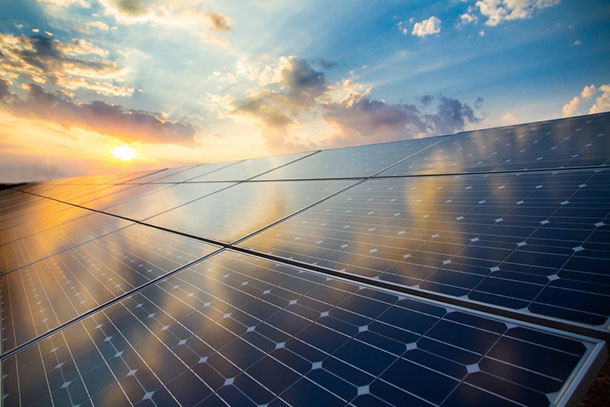
Malaysia’s installed solar capacity is expected to increase fourfold by 2030, driven by a successful tender policy and improved financing incentives, according to a new report from Fitch Solutions.
The consultancy has revised its solar forecasts for Malaysia, in part due to increasing investor interest in the market and new project announcements, as it expects capacity to rise from around 996MW as of year-end 2020 to more than 4GW by 2030.
This revision is said to stem mainly from the continuation of the country’s solar tenders, the most recent of which was the fourth round of its large-scale solar programme, which was launched last year and has seen the government shortlist 30 winning bidders with a combined capacity of 823MW within two categories.
The fist category has seen the Energy Commission of Malaysia select 20 projects with a capacity between 10MW and 30MW. The total shortlisted capacity in this segment is 323MW at prices between MYR0.1850/kWh (US$0.046/kWh) to MYR0.2481/kWh (US$0.0603/kWh).
Ten projects between 30MW and 50MW were selected in the second category for a total proposed capacity of 500MW. The bids here ranged from MYR0.1768/kWh (US$0.0429/kWh) to MYR0.1970/kWh (US$0.0478/kWh).
Winning bid prices registered a slight decline from Malaysia’s previous auction, according to Fitch Solutions, which said the latest prices are competitive with gas-fired power.
Given that the country’s tenders have registered ongoing success, the consultancy believes that the government will launch more solar auctions in the coming years, possibly with larger target capacities.
Alongside the progress made through tenders, Malaysia’s PV sector is set to benefit from the country’s Generation Development Plan 2020-2030, which includes an ambition to develop more renewables to replace retiring thermal plants, while helping the country reach the target of 20% clean energy in the power mix by 2025. Fitch said the roadmap may also include strategies such as peer-to-peer electricity trading or transitioning towards a mandatory renewable energy certificate market.
Other recent developments in the country’s solar market have seen local utility Tenaga Nasional Berhad form a joint venture with solar firm Sunseap Group to trial clean electricity imports into Singapore from Malaysia. The trial could start by the end of this year, using the existing electricity interconnector between the countries. The partners said imported electricity through the collaboration could account for 1.5% of Singapore’s peak electricity demand.
Elsewhere, Abu Dhabi-based renewables firm Masdar sees potential to grow its solar portfolio in Malaysia and other Southeast Asian countries. The company earlier this month signed a memorandum of understanding with Malaysian state-owned energy firm Petronas to explore the development of large-scale solar projects across Asia and the Middle East.
Fitch upgrades Malaysia’s PV forecast thanks to ongoing tender success
